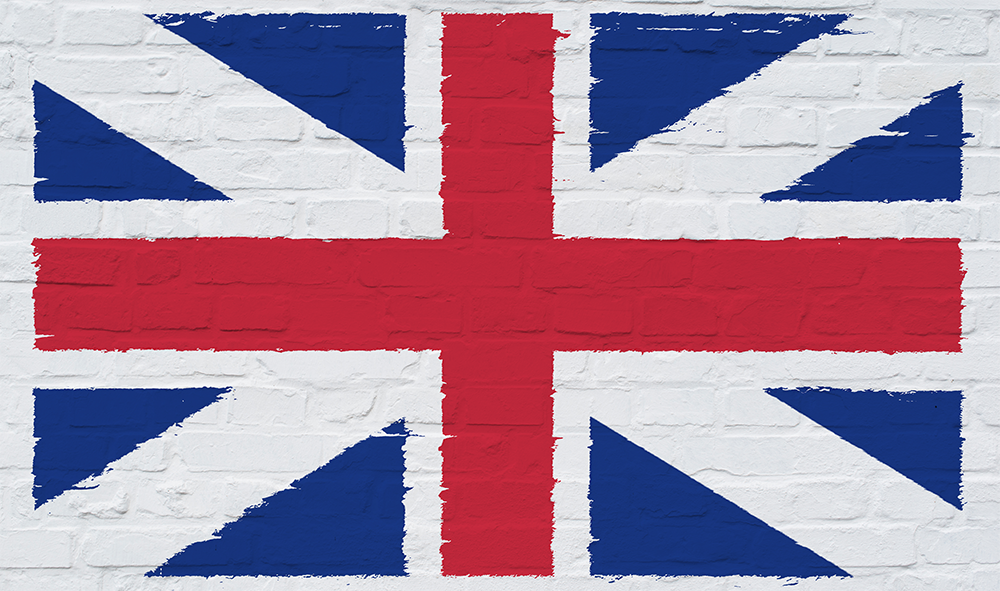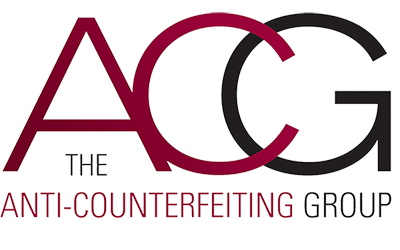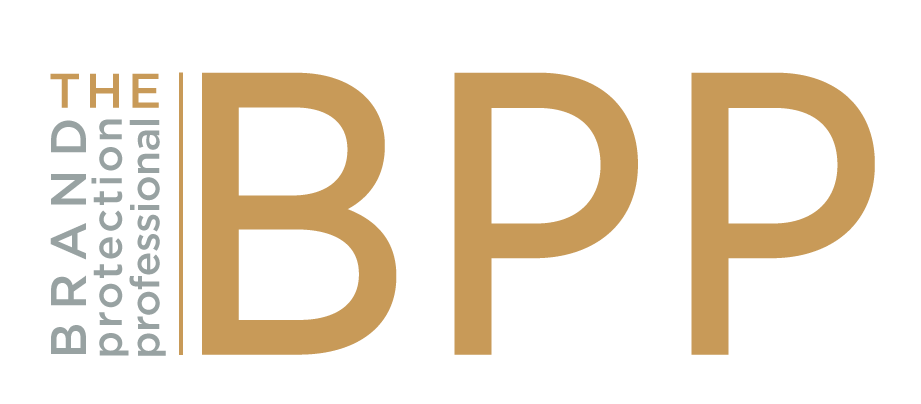Phil Lewis
ACG Policy and Strategy Advisor
The political landscape across the world changed in 2016. Many leading analysts believe that in 2017 trade and politics may become even more volatile. In Europe, one of the main uncertainties is how the UK and EU politicians will confront each other as they try to find their most advantageous positions in preparation for the UK’s exit from the European Union.
THE GOVERNMENT’S APPROACH TO BREXIT
In mid-January the UK government announced its negotiating principles, objectives, and hopes for leaving the EU. (See Theresa May “The government’s negotiating objectives for exiting the EU” January 17, 2017.) The government also outlined some of the threats the UK may face in the exit.
The plan as announced signals a hard-line bargaining position, based on the view that the UK desires to be more global in outlook. It appears from the plan that the UK would also like to keep a trading partnership with the EU and access to the world’s largest trading bloc. Yet establishing a deal with the EU could mean an agreement on the free movement of people, which would be undesirable to the UK, given the government’s negotiating statement.
The government has expressed confidence that a wider international policy could result in more lucrative global trading treaties with countries outside the EU. But it acknowledged that the UK’s exit could result in some EU trading restrictions and greater uncertainty for UK business.
As Prime Minister May said in outlining the government’s objectives ‘no deal for Britain is better than a bad deal for Britain’. This has already caused some annoyance within the EU. The UK is prepared to walk away from the negotiations with the EU if it cannot get what it wants. Many in the EU have already taken the UK’s position as a threat to create a UK tax haven and consider this to be ‘a race to the bottom’. Which, in effect, would be a strengthened government drive to help attract greater opportunities for trade, through more deregulation in the business environment or tax system.
Clearly negotiations will continue to be difficult. Many feel that it will be impossible to reach an EU trade deal within two years of a decision to trigger the “Article 50” exit clause. (See, for example, Andrew Woodcock, “Brexit latest: Experts warn UK won’t have trade deal with EU within two years,” September 25, 2016.) The government’s pursuit of an Act of Parliament, following the January 24th Supreme Court ruling that triggering Article 50 would require such an act, may help define the process. But there are 27 other nations in the process so the issues will not always be clear-cut.
IP BORDER PROTECTION UNDER BREXIT
How might the pending negotiations affect trading rules in general and consequently border protection for intellectual property? Under its structure the EU operates as a single trading bloc, with common customs rules and barriers. A key concern surrounding how the UK will leave the EU is whether this break will adversely affect the UK’s ability to control the volume of counterfeits leaking across borders.

The Prime Minister’s statement implies that the government will attempt to bargain a position that pulls out of two specific aspects of the Customs Union (CU): the Commercial Cooperation Policy and the Common Internal Tariffs System, which rules that no customs duties can be levied by Member States on goods travelling within the EU. The tariff system also decrees that Member States must impose common tariffs on all goods entering the EU. Many in the EU believe that the UK already benefits from certain privileges in relation to some of its territories, (e.g. Guernsey, Jersey, and the Isle of Man) which are not part of the EU, and that the UK should not be allowed to opt out of the CU or attain other ‘special status.’ (For further discussion of trade difficulties the Channel Islands may face as a result of Brexit, see, for example, Jersey Evening Post, “Jersey trade vulnerable if there’s no Brexit deal,” February 2, 2017, and Isle of Man Council of Ministers, “UK Referendum on EU Membership Implications, Third Interim Report,” December 2016).
Being part of the CU has offered significant benefits in ensuring equal protection for EU manufacturers against third-country imports, while minimizing the possibility of trans-shipments and trade deflection. The CU has also played a strong role in strengthening control procedures and enforcement across the EU and in candidate and neighboring European countries. (See, for example, Ben Chapman and Zlata Rodionova, “What is the EU Customs Union and Why Should People Care that the UK Is Leaving It?”, February 2, 2017, and The Economist, “There Is a Case for Staying in the Customs Union,” December 1, 2016.) Moreover, EU countries regularly carry out joint customs operations and coordinated actions to combat smuggling through a wide array of trade routes. Despite this, some experts feel that, without barriers to imports imposed by Brussels, leaving the CU would enable the UK to reinforce its borders. (For an overview of border issues that may be involved with Brexit negotiations, see Andrew MacDowall, David Crouch, and Philip Oltermann, “Brexit border headache: what can other EU frontiers teach Britain and Ireland?”, October 17, 2016.)
How leaving the EU will impact cooperative border protection, enforcement, and intelligence sharing with remaining EU member states is unclear. The situation between Northern Ireland and the Republic of Ireland provides an example of how messy negotiations could get. Despite the UK Prime Minister’s statement that border relations between Northern Ireland and the Republic will remain the same, if the UK leaves the CU, then, in principle, there would need to be checks at the border with the Republic, as the UK and the EU would have different trade laws. On the other hand, if there aren’t any checks and the UK were to develop a future free trade deal with China differing from the existing EU-China trade deal, then Chinese goods could be shipped to Northern Ireland and across the border into the Republic, evading EU rules. This is likely to be highly unacceptable to business and the EU institutions and could create an economic barrier between the Republic and the UK.
Negotiating a deal on the CU will not be easy. Nevertheless, the UK government remains generally optimistic that both parties would benefit from a partnership, particularly in the fight against terrorism and immigration control, and wants a deal by the end of the two-year Brexit negotiating period.
As we await actual Brexit negotiations we are also yet to understand what the UK’s relationship with the World Trade Organisation (WTO) will be. UK’s WTO membership is currently governed by membership in the EU Customs Union. A complete break with the EU would affect the UK’s existing WTO obligations and protections. As there are only two years to negotiate the position after the Article 50 trigger, the UK will need to have reached new commitments with the WTO before an exit from the CU could be finalised. The process of achieving such an agreement, of course, would create more uncertainties for business and enforcement.
As the UK leaves the EU, organizations will need to work tirelessly to maintain and improve cross-border, multi-sector partnerships and approaches. These will need to be directed by government but developed in collaboration with a wide range of business experts. Only through the creation of joint strategies and plans that set common goals will the brand protection community ultimately be able to make better decisions on targeting and more effective use of precious enforcement resources.
COUNTERFEITING: THE CURRENT FACTS
The European Intellectual Property Office (EUIPO) and the Organisation for Economic Co-operation and Development (OECD) in April 2016 estimated that the trade in fake goods amounts to $461 billion, or 2.5 % of all world commerce. This is equivalent to the GDP of Austria, or the combined GDP of Ireland and the Czech Republic.
EUROPOL, INTERPOL, UNICRI, UNDOC, and the World Customs Organisation (WCO) have all documented the links between counterfeiting and organised crime and the massive profits from fake products that are being channelled into drugs and human trafficking, as well as into related financial crimes such as money laundering and corruption.
Once found most obviously in luxury (e.g. fashion, jewellery and deluxe watches), sports, and entertainment industries, increasing numbers of more dangerous fakes are now being found in almost every industry sector. They include household electrical products, automotive parts, chemicals, personal health and hygiene items, pharmaceuticals, food and drink, medical equipment, and toys. Some have even infiltrated military supply chains.
EU customs officials confirm that more than 73 percent of imported counterfeit articles arrive by sea. However, there is also a growing threat from the use of airfreight and express couriers which is being motivated by global businesses and consumers, who are able to use the internet to sell and buy products from the convenience of their offices and homes. China has been the largest manufacturing and export country for fake goods in the world (see Joint EUIPO OECD Report).
Kantar Worldpanel estimated that ecommerce would increase 47 percent in 2016, when it would account for $53 billion of global sales, with online retail consumers spending twice as much as in-store shoppers. Nowadays, virtually every conceivable type of product can be bought and sold online, enabling the distribution of counterfeit goods to increase exponentially as well.

In the UK, ACG represents over 3,000 International brands in more than 30 countries and is the premier UK voice of businesses being damaged by the destructive flood of counterfeit goods. ACG provides active assistance and intelligence to government agencies and works to change public perception about counterfeiting by exposing it as an insidious crime that damages our economies, destroys jobs and increasingly threatens the health and safety of consumers.
THE BRAND PROTECTION PROFESSIONAL | MARCH 2017 | VOLUME 2 NUMBER 1
2017 COPYRIGHT MICHIGAN STATE UNIVERSITY BOARD OF TRUSTEES
